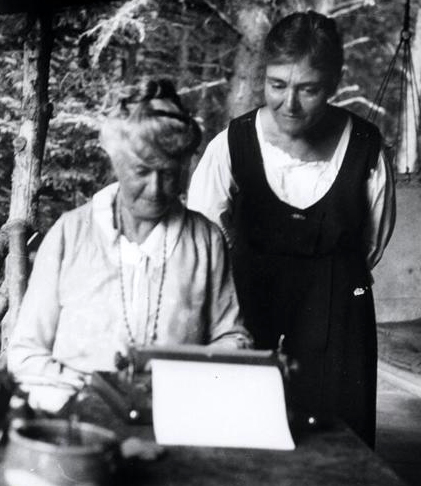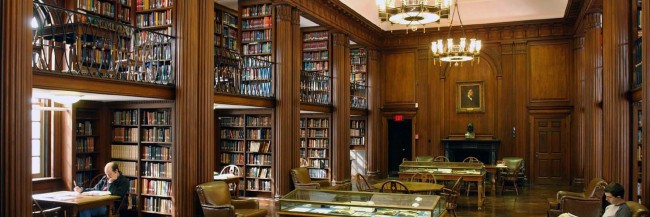Discovering Mabel and Millicent
I’ve always been an avid biography reader. And it was in reading biographies of Emily Dickinson that I first encountered Mabel Loomis Todd (1856-1932). The more I read about her, the more fascinating she seemed. To the extent she’s remembered today it is either as Emily’s editor or Austin’s lover. But Mabel was so much more. She led a full and rich life as a published writer, a gifted artist and musician, a world traveler and a rare 19th century female intellectual who gave much-heralded talks across the country on an astonishing variety of topics.

Todd-Bingham picture collection, 1837-1966 (inclusive). Manuscripts & Archives, Yale University
And then I found out that she had an equally remarkable daughter, Millicent Todd Bingham (1880-1968). Trained as a scientist but extremely proficient in music and a talented writer, Millicent had so many potential career directions that she floundered in finding her life’s work. She also had a difficult time finding any satisfaction in her love life in the series of romantic relationships she had with both women and men. Both Mabel and Millicent pushed the boundaries of what women of their eras did, in their personal lives and in their professional ones.
I discovered that neither woman ever threw out a single scrap of paper in her life; there were more than 700 boxes of previously unmined and unpublished papers that both Mabel and Millicent left behind sitting in the basement of Yale University’s Sterling Library. Both women were epic chroniclers of their own lives, keeping both diaries and journals – Mabel for 66 years, Millicent for 80. And then there were the dozens of scrapbooks, the hundreds of letters, the thousands of photographs. There were enormous treasure troves of materials about their fascinating lives that had rarely – if ever – been looked at.

Millicent spent the last three decades of her long life in a frantic quest to figure out what to do with the tens of thousands of papers and photos that had documented her own and her parents’ lives. In notes for an autobiography she never quite got around to writing, she lamented that she was running out of time and wondered, “Who will tell my story?” When I read that, I knew the answer. I became determined to tell their stories, and to show how these two extraordinary women, with their own very complicated mother/daughter relationship, were the people who first presented Emily Dickinson to the world.

